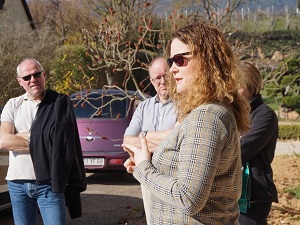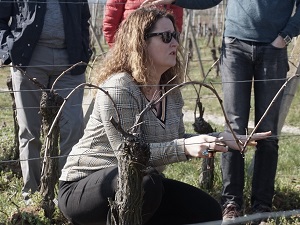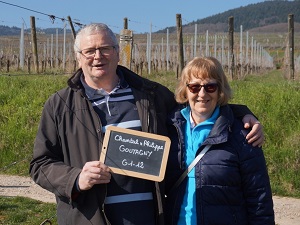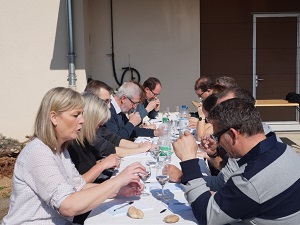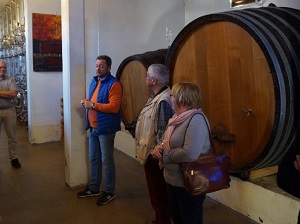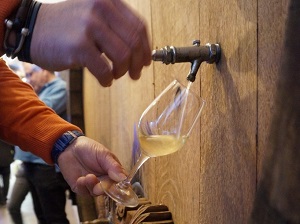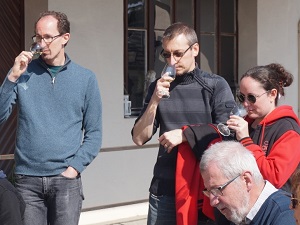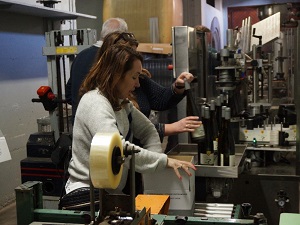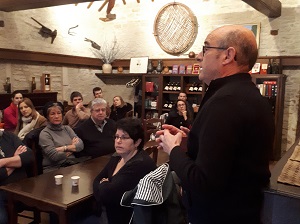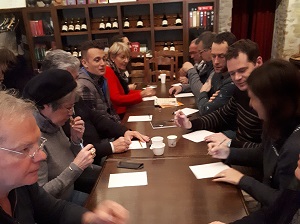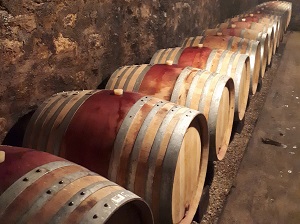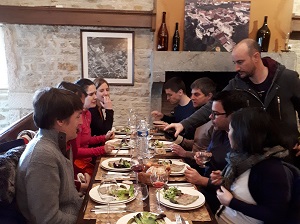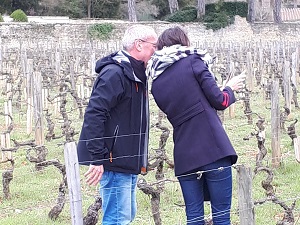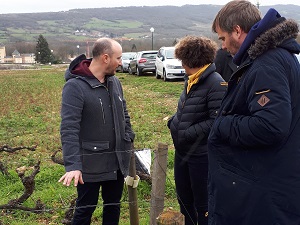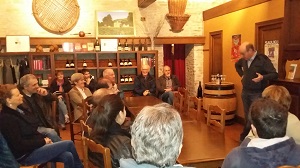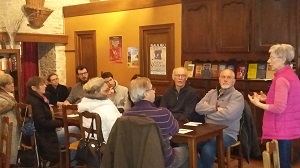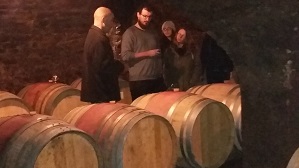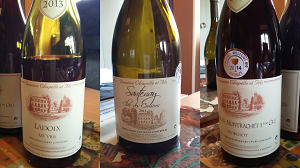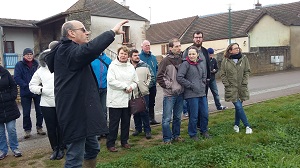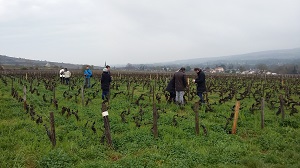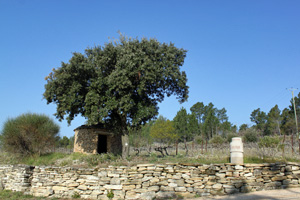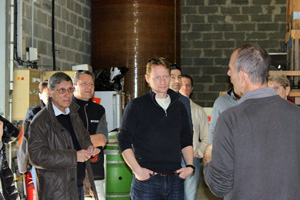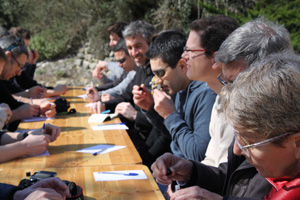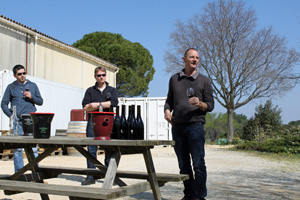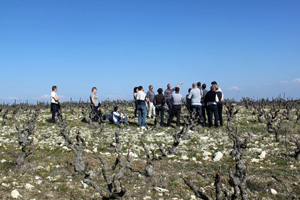The busy day started with by introducing ourselves to one another over coffee and croissants, and enabled us to meet the winemaker, Marc Plouzeau, who had opened the doors of Château de la Bonnelière to us.
Marc gave us an overview of the 2018 harvest and vintage so far. It’s looking to be a very good year, in terms of both quality and quantity! The first wines that have been bottled from this year are already pleasing on the palate, whilst other wines are still ageing in the cellar. We’ll get to taste them later on in the day.
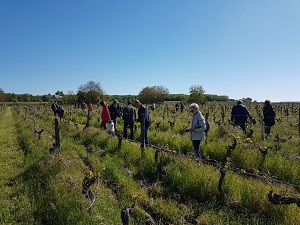
After a quick visit of the adopted vines and a few quick souvenir photos, we split the group in two, one to go with Marc to learn about what happens in the chai, and the other group with Louise to identify the different aromas found in wine. Of course, we then changed groups later on in the morning!
In the chai, Marc explained how the vinification process is managed at the winery. The grapes are handled as gently as possible using gravity to transfer them into the vats, no other elements are added, how the fermentation takes place in the vats and barrels… It’s the combination of all of these factors that make Marc’s wines unique and reflect the different vineyard plots of the left bank.
In the caveau, Louise got everyone busy scribbling away with paper and pens! We learned how to identify the different aromas found in Chinon wines. Young and old, everyone did well for a first attempt, even if some answers left us a little bit puzzled!!
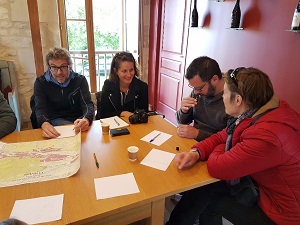
We then headed to the winery’s cellar underneath the Chinon Fortress, where the wines are aged, and stopped in the courtyard next to the entrance. The sun and temperature gave us a taster of the summer to shortly come, and even gave a few of us a little more colour than we would have liked!
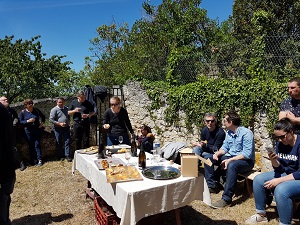
We tasted the different red and white Chinon wines from the winery over lunch, and put our newly acquired wine tasting skills to the test.
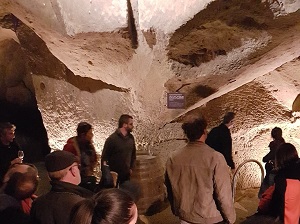
The day finished in the cool of the cellar, where the temperatures remains a constant 12°C all year round, ideal conditions for ageing wines. Marc explained the history of the cellar, it having been excavated to extract the stone used to build the fortress overhead. We then set about tasting the wines that are still in the ageing process. We were very pleasantly surprised as the tannins are already silky, and the aromas very present. The 2018 vintage looks set to be a big hit!
Re-assured by this tasting, we left at the end of the day longing to taste the wines again when they are finished!



